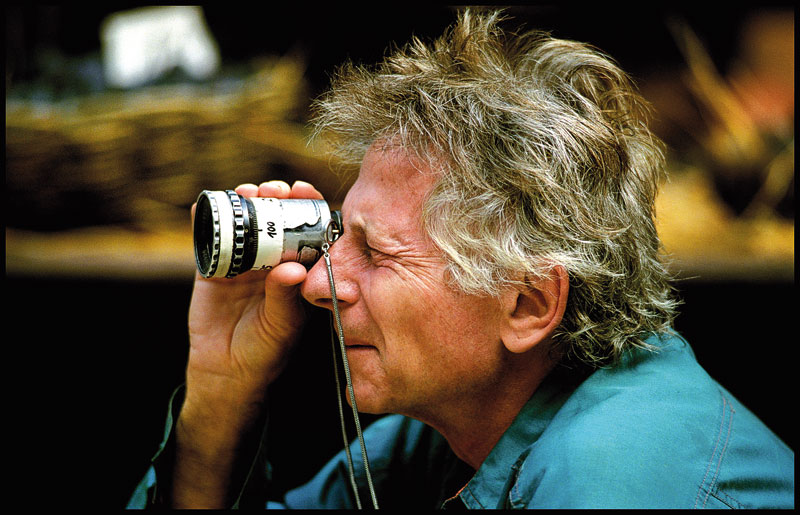
Often called the Mecca of Cinema, Hollywood since the beginning of the 20th century has attracted many foreign directors and actors, who came to work in its fully equipped studios, attracted as well by the high salaries the big cinema firms offered to newcomers.
In the 1920s, most American cinema firms sent representatives in Europe to propose to film directors who worked there to sign contracts with them. The ones who didn’t follow the first calls fled Europe some years later, when Nazis assumed power, and headed to California. If we count second immigrants who grew up in America, like Frank Capra and Elia Kazan, the percentage of foreigners who worked in pre-war Hollywood was quite high.
Even after the end of World War II, Hollywood never ceased to allure auteurs from all over the world. In a constantly changing industry like Hollywood, the overflowing talents from Europe, and lately, the countries that are called the Third World, could search for the support and money they couldn’t obtain in their countries and make remarkable, successful movies. The history of cinema would be totally different without them working in Hollywood.
This list tries to highlight the most successful of those foreign (non U.S. citizens) directors who worked in Hollywood studios downwards up. The criteria are both box office hits and importance in the evolution of cinematographic art. So, let’s start ranking the 20 most important ones!
20. Josef von Sternberg
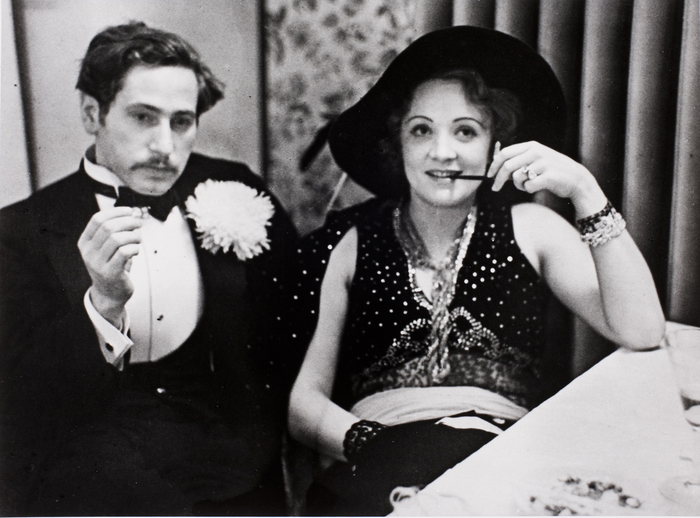
Films: The Devil is a Woman; The Docks of New York; Morocco; Anatahan
Josef von Sternberg, born Jonas Sternberg, was born in Vienna, the first of the five children of an impoverished family of Orthodox Jews who immigrated to New York when he was 14. There, he dropped out school and spent his first decade in the United States doing all kind of petty jobs, wandering the streets on his own. His first filming experience was making training films in the U.S. Army during World War I.
In 1922 he worked as an assistant in a British film, changed his name to Josef and added ‘von’ in between, believing this could offer him more prestige in the film industry. And it did. He gained Chaplin’s admiration with his first movie, the dark naturalistic drama “The Salvation Hunters.” He was employed by MGM and released “Underworld,” the first gangster movie, and “Thunderbolt,” with impressive highly contrasted pictures that were to be the trademark of his work.
In 1929 he traveled to Germany to direct the first major sound picture, “The Blue Angel.” There he discovered Marlene Dietrich and brought her back to the U.S. with him. Together they made six more movies that marked Hollywood’s history for the density of the stories (mostly melodramas), the costumes, the lighting and the cinematography. Von Sternberg made Dietrich shine like no other movie star before her.
He ended his career teaching a course on film aesthetics at UCLA. There he met Jim Morrison and Ray Manzarek of The Doors, who considered him as one of their greater influences.
19. Alfonso Cuaron

Films: Children of Men; Harry Potter and the Prisoner of Azkaban
After “Solo con tu pareja,” a romance about a womanizer falsely diagnosed with AIDS, was a huge international success, Mexican screenwriter and director Alfonso Cuaron was invited by Sydney Pollack to Hollywood to direct an episode of the series “Fallen Angels” in 1993.
Two years later, in 1995, he released his first feature movie made in the U.S., “The Little Princess,” based on the classic children’s novel by Frances Hodgson Burnett, which earned two Oscar nominations, and critical and audience acclamations.
Then followed an adaptation of the classic Dickens novel “Great Expectations,” a movie not highly praised by critics, and Cuaron took off to Mexico to shoot the erotic road movie “Y Tu Mama Tambien.” One of the biggest box offices hits of the country, this film consolidated Cuaron’s reputation and marked his triumphal return to Hollywood. Making no more than three feature films in a 15 year time frame, he managed to become one of the most successful directors, and the first Mexican to win an Oscar for Best Director (2014 for “Gravity”).
Cuaron admitted that he ended up in Hollywood because he had no alternative, implying that cinema industry in Mexico was not the way he would like. Even though he has directed just seven feature films on both sides of the border, he showed an incredible capacity to tangle with many different genres in a creative and imaginative way.
He has explored dark themes and human nature under extreme conditions and he could ‘talk’ to the audience in a simple, yet very deep and specific way, even about topics that are considered ‘purely American,’ like the conquest of outer space. “Gravity” sets a series of questions about human presence in the space that was long forgotten since “Space Oddity.”
18. James Cameron
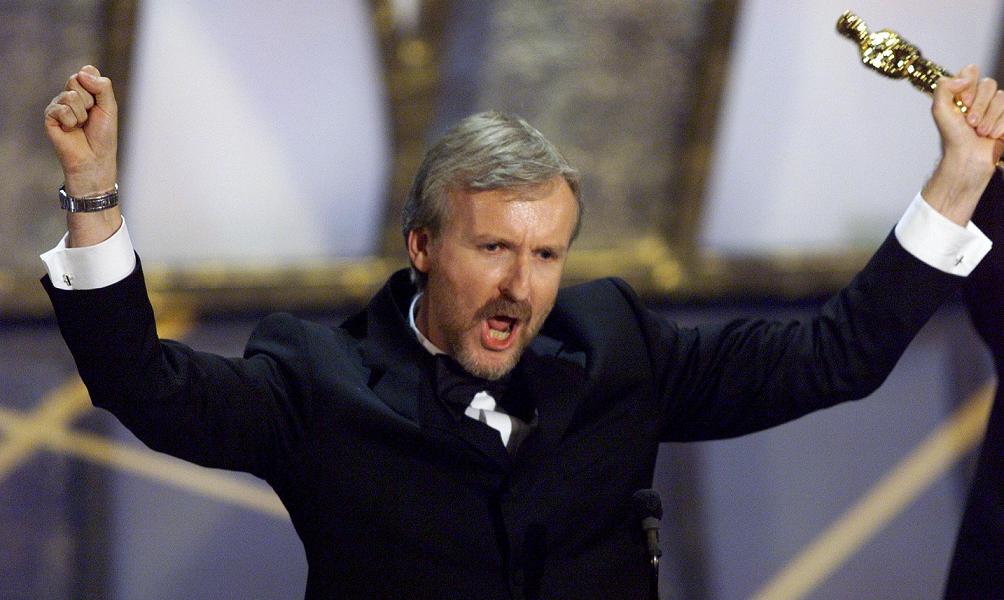
Films: Avatar; Terminator 2: Judgment Day; Titanic; True Lies
James Cameron, who was born in Canada and moved to California since he was 17, is the blockbuster persona of the 20th century. Trained to do everything in a movie, from screenwriting to editing and special effects, he knew how to release the megapics Hollywood so badly needed at the end of last century. He realized soon enough that action was the key to a movie’s success.
His first blockbuster, “The Terminator,” followed a complex futuristic idea, and offered scenes of inventive pursuits and shoot-outs. Mastering the idea of sequels, he gave a military dimension to “Aliens,” while “Abyss” is like “Close Encounters of the Third Kind” with floods of adrenaline.
His “Titanic” is the absolute romance, combining the story of a doomed love with high technology gadgets and an hour full of action, suspense and impressive visual effects that managed to bring older people back in theaters and reassure Hollywood’s faith in epic movies.
“Avatar” stands at the top of the box office movies of all time list. It’s a feast of creative visual effects, the crown in cinema technology of the 21st century. Furthermore, it is a denouncement of the destruction of the Amazon and the role played by scientists and big corporations and a gesture of solidarity toward indigenous populations threatened with extinction. It is exactly the virtual place where commercial success meets the political and social cinema of auteurs.
17. Otto Preminger
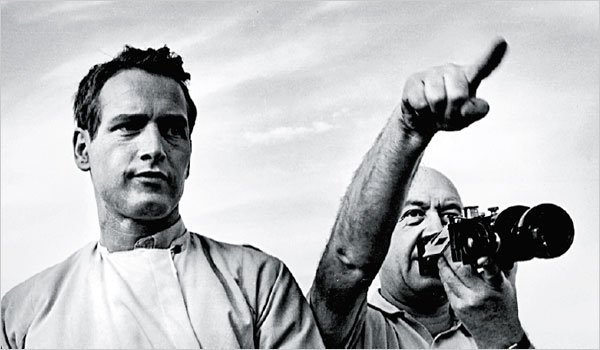
Films: Carmen Jones; Stalag 17; The Cardinal; Tell Me that You Love Me, Junie Moon
Originating from a Ukrainian-Jewish family that immigrated to Vienna in 1915 in search of safety and better opportunities, Otto Preminger started a successful career as a theater director, only interrupted by the release of the film “Die Grosse Liebe.”
In four years time (1931 – 1935), he had directed more than 20 theater plays and he would go on if it were not for an invitation by Joseph Schenck and Darryl F. Zanuck, the founders of 20th Century Fox, who had visited Vienna in search for new talents, to come with them to Hollywood and direct screwballs. That is the start of a five-decade career of a man who directed some of Hollywood’s jewels, like the classic noir “Laura,” which ranked him amongst the best directors of his time.
After having directed more than 10 movies with 20th Century Fox, he launched his career as an independent producer-director with the comedy “The Moon is Blue” in 1953, released without the Production Code Seal Of Approvement. He was a doughty spirit, not restrained by state’s censorship, who defied conventions and restrictions.
He didn’t hesitate to talk about rape and sexual abuse in “Anatomy of a Murder,” or about virginity and pregnancy in “The Moon is Blue,” or heroin addiction in “The Man with the Golden Arm.” He even challenged HUAC by admitting openly he had employed Donald Trumbo as script writer for “Exodus,” and that was the beginning of the end for Hollywood’s black list.
16. Ang Lee
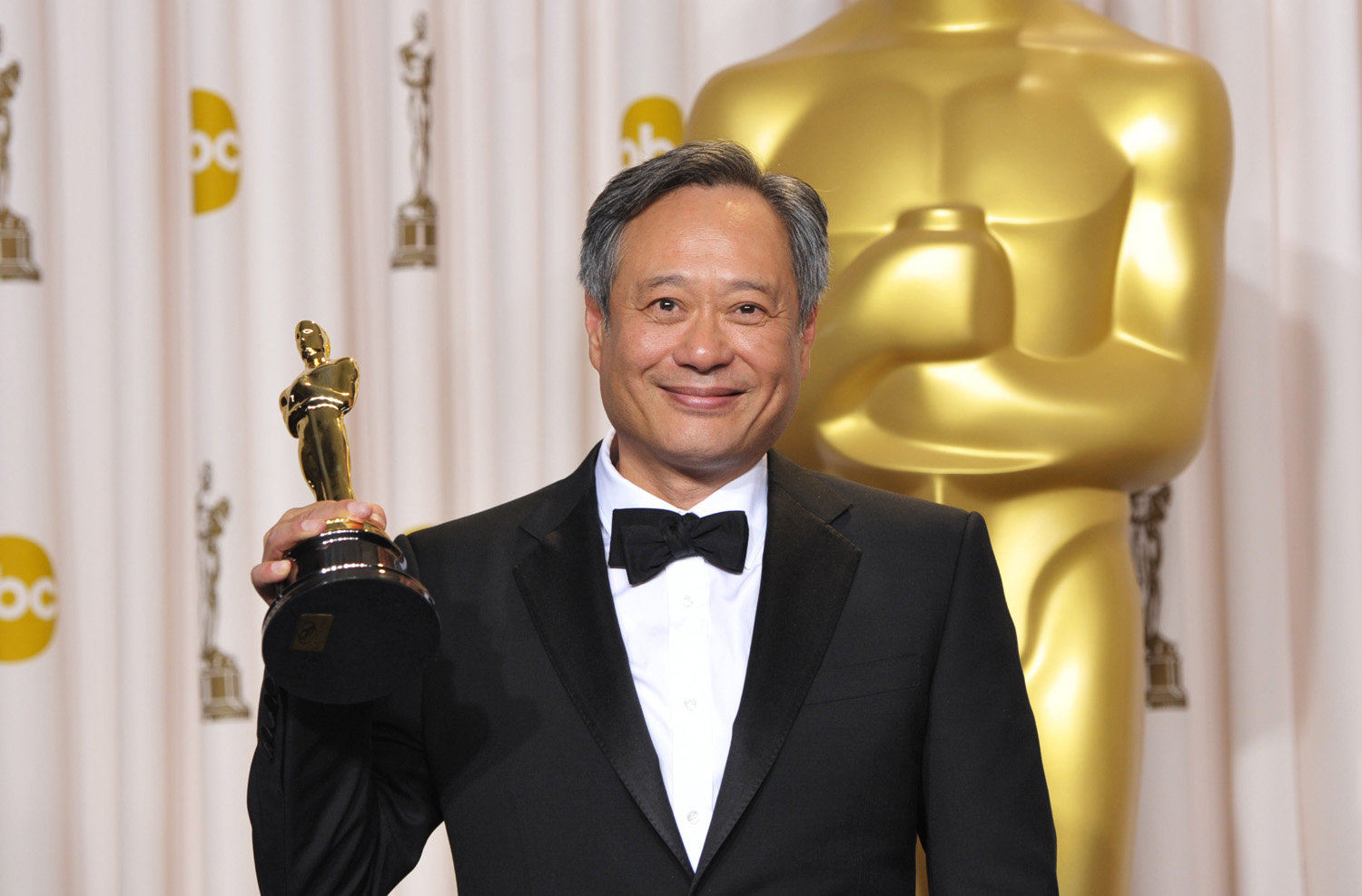
Films: Sense and Sensibility; The Ice Storm; The Wedding Banquet; Eat Drink Man Woman
Ang Lee was born in Taiwan and went to the U.S. in 1979 to study theater at the University of Illinois, and then cinema at the Tisch School of Fine Arts of New York University. Spike Lee was his classmate and Ang Lee worked on his crew for his thesis film. He then went back to Taiwan and released a series of movies that made him globally known and gave him several wins and nominations in international festivals. That was the time to go back to United States.
Lee soon became one of the most successful directors worldwide. He has his own very special way to tell beautiful stories in a suburb cinematographically mode, and he makes low-key great movies. He feels comfortable with every kind of topic – Victorian England, the American West, the Chinese dynasties, family dramas, comics, myths – and he knows very well how to address global audiences.
Being the first Asian to win an Oscar for Best Director (“Brokeback Mountain” and “Life of Pi”) and the one of only two directors to have ever earned two Golden Lions at the Venice International Film Festival (“Brokeback Mountain” and “Lust, Caution”), he managed to establish a universal cinema language and release the most ambitious non-English speaking blockbuster, “Crouching Tiger, Hidden Dragon”, a film that conquered Hollywood with 10 Oscar nominations and four awards.
15. Alejandro G. Inarritu

Films: Biutiful; Babel; Birdman or (The Unexpected Virtue of Ignorance); The Revenant
After the international success of his first feature “Amores Perros” in 2000, Alejandro Inarritu, one of the Mexican ‘Three Amigos of Cinema,’ swore he would stay in Mexico against the calls of Hollywood sirens. However, two years later he was in Hollywood filming his first American production, “21 Grams.”
The movies that followed gave him world recognition and filled him with awards: best director in Cannes for “Babel,” three awards in Venice for “Birdman,” and many more in festivals around the globe. He was the first Mexican director to be nominated for Best Director and the first after 65 years to win a Best Director Award in two consecutive years (“Birdman” and “The Revenant”).
Inarritu’s favorite movie when adolescent was the musical “Hair.” He loved hippies and hippie life. When he was 17, his father gave him $1,000 and he started traveling around Europe and Africa for several years. His experiences, the landscapes and the people he met marked his movie production. The settings of his films are found all over the globe, and his protagonists come from different social milieu, but they are all so alive in his pictures, as their stories intermingle. Even if they are prone to mistakes, or are irritable or somehow violent, you end up liking them.